Home>Gardening & Outdoor>Landscaping Ideas>How To Find Grass-Fed Beef
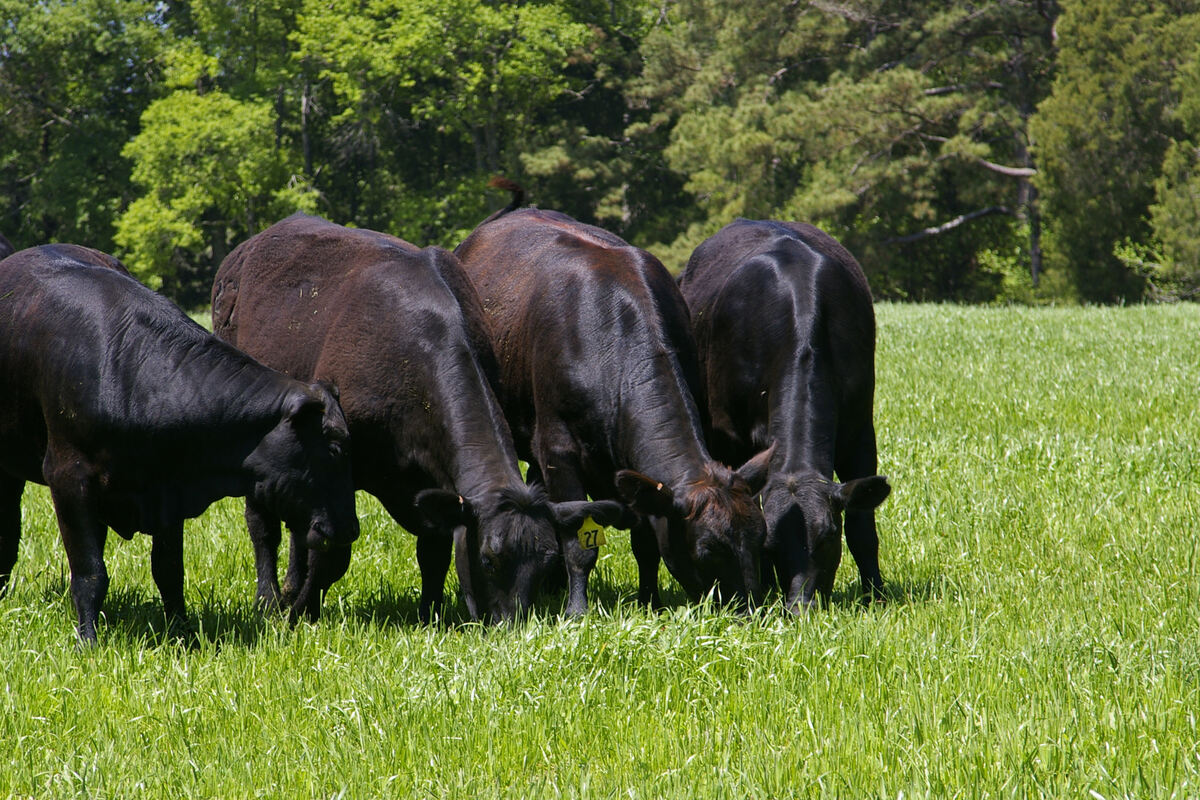

Landscaping Ideas
How To Find Grass-Fed Beef
Modified: September 2, 2024
Learn how to find the best grass-fed beef for your landscaping ideas. Discover tips for sourcing high-quality, sustainable meat products.
(Many of the links in this article redirect to a specific reviewed product. Your purchase of these products through affiliate links helps to generate commission for Storables.com, at no extra cost. Learn more)
Introduction
So, you're on the hunt for some top-quality beef, but you want to ensure that it's not only delicious but also healthy and sustainably sourced. Well, you're in luck! In this guide, we'll delve into the world of grass-fed beef, exploring what it is, its health benefits, where to find it, and how to make the most of it in your culinary adventures.
Whether you're a health-conscious foodie, an environmentally aware consumer, or simply someone who appreciates the finer flavors in life, understanding the ins and outs of grass-fed beef can elevate your dining experience to a whole new level. From its superior nutritional profile to its positive impact on the environment, there's a lot to love about this premium meat option.
So, buckle up and get ready to embark on a journey through the pastures and kitchens where grass-fed beef takes center stage. By the end of this guide, you'll be equipped with the knowledge and confidence to seek out, purchase, and savor the finest grass-fed beef available. Let's dive in!
Key Takeaways:
- Grass-fed beef offers leaner, healthier, and more sustainable meat with higher omega-3s and antioxidants. Look for it at local farms, specialty butcher shops, online retailers, and natural food stores.
- When cooking grass-fed beef, use lower temperatures, embrace moist cooking methods, and experiment with seasonings to unlock its rich flavors and tender textures. Enjoy the journey of discovering and savoring this premium meat.
Read more: What Is Grass-Fed Beef
What is Grass-Fed Beef?
Grass-fed beef comes from cattle that have been primarily fed a diet of grass and forage throughout their lives, as opposed to being fattened on grain in a feedlot. This natural and traditional approach to raising cattle allows the animals to roam and graze on pasture, mimicking their natural behavior. As a result, grass-fed beef is often considered a more wholesome and sustainable option compared to conventionally raised beef.
One of the defining characteristics of grass-fed beef is its nutritional profile. Studies have shown that grass-fed beef is typically lower in total fat than grain-fed beef, and it contains higher levels of beneficial nutrients such as omega-3 fatty acids, conjugated linoleic acid (CLA), and antioxidants like vitamin E. Additionally, it tends to have a healthier ratio of omega-6 to omega-3 fatty acids, which is associated with various health benefits.
From an environmental standpoint, grass-fed beef production has the potential to be more sustainable than conventional feedlot operations. By allowing cattle to graze on pasture, farmers can reduce the reliance on intensive grain production, minimize the environmental impact of concentrated animal feeding operations, and promote biodiversity in pasture ecosystems.
Furthermore, the flavor and texture of grass-fed beef are often praised for their distinct qualities. The meat tends to have a richer, more complex flavor profile, with hints of grassy and earthy notes that reflect the animal’s natural diet. Additionally, grass-fed beef is known for its leaner composition, resulting in a slightly firmer texture that many culinary enthusiasts appreciate.
Overall, grass-fed beef represents a return to traditional and sustainable farming practices, offering a range of potential benefits for both consumers and the environment. By understanding the unique qualities of grass-fed beef, you can make informed choices that align with your values and preferences when it comes to selecting meat for your meals.
Health Benefits of Grass-Fed Beef
When it comes to nutritional value and potential health benefits, grass-fed beef stands out as a compelling choice for conscious consumers. Here are some key health benefits associated with grass-fed beef:
- Leaner and Lower in Total Fat: Grass-fed beef is often leaner than grain-fed beef, containing lower overall fat content. This can be advantageous for individuals seeking to manage their fat intake while still enjoying high-quality protein.
- Higher Omega-3 Fatty Acids: Compared to grain-fed beef, grass-fed beef tends to have higher levels of omega-3 fatty acids, which are known for their potential cardiovascular and anti-inflammatory benefits. Incorporating omega-3s into your diet through sources like grass-fed beef can contribute to overall heart health and well-being.
- Conjugated Linoleic Acid (CLA): Grass-fed beef is a notable source of conjugated linoleic acid, a type of fatty acid that has been studied for its potential role in supporting metabolism, reducing body fat, and promoting overall health. Consuming CLA through grass-fed beef can be part of a balanced approach to nutrition and wellness.
- Rich in Antioxidants: Grass-fed beef contains higher levels of antioxidants like vitamin E, which play a role in protecting cells from oxidative damage. Including sources of antioxidants in your diet, such as grass-fed beef, can contribute to overall health and vitality.
- Improved Omega-6 to Omega-3 Ratio: The ratio of omega-6 to omega-3 fatty acids in grass-fed beef is often more favorable compared to grain-fed beef. A balanced ratio of these essential fatty acids is associated with reduced risk of chronic diseases and improved inflammatory responses in the body.
By choosing grass-fed beef, individuals can potentially reap these health benefits while enjoying the rich, natural flavors and textures that this premium meat offers. Whether you’re focusing on optimizing your nutritional intake or exploring sustainable food choices, grass-fed beef can be a valuable addition to a health-conscious lifestyle.
Where to Find Grass-Fed Beef
As the demand for grass-fed beef continues to rise, consumers have increasingly diverse options for sourcing this premium meat. Here are some key avenues for finding high-quality grass-fed beef:
- Local Farms and Ranches: One of the most direct ways to access grass-fed beef is by connecting with local farms and ranches that prioritize sustainable and ethical practices. Many small-scale producers offer grass-fed beef directly to consumers through farm stands, farmers’ markets, and community-supported agriculture (CSA) programs. Building relationships with local producers not only provides access to fresh, traceable beef but also supports the regional food economy.
- Specialty Butcher Shops: Some specialty butcher shops and meat markets specialize in offering a selection of grass-fed and pasture-raised meats. These establishments often prioritize transparency in sourcing and can provide information about the farms and ranches that supply their beef. Engaging with knowledgeable butchers can also offer insights into various cuts and cooking methods for grass-fed beef.
- Online Retailers: The convenience of online shopping extends to the realm of grass-fed beef, with numerous online retailers and meat delivery services offering a wide range of grass-fed beef products. From individual cuts to curated meat boxes, online platforms provide access to grass-fed beef from different regions and producers, allowing consumers to explore a diverse array of options without leaving their homes.
- Local Co-ops and Natural Food Stores: Many cooperative grocery stores and natural food markets prioritize offering sustainably sourced and organic products, including grass-fed beef. These establishments often partner with local and regional producers to supply grass-fed beef, giving consumers the opportunity to support ethical and environmentally conscious food systems.
- Direct from Producers: Some ranchers and producers offer the option to purchase grass-fed beef directly from their operations. This direct-to-consumer approach may involve bulk purchases, such as whole or half carcasses, providing individuals with the opportunity to stock their freezers with a supply of grass-fed beef for future use.
By exploring these avenues, consumers can discover a wealth of options for obtaining grass-fed beef that aligns with their preferences for quality, sustainability, and ethical food production. Whether it’s through personal connections with local farmers or the convenience of online ordering, the availability of grass-fed beef continues to expand, offering a diverse range of choices for discerning meat enthusiasts.
Look for grass-fed beef at local farmers’ markets, specialty grocery stores, or by purchasing directly from a farm. You can also check online for farms that offer grass-fed beef delivery.
Tips for Buying Grass-Fed Beef
When it comes to purchasing grass-fed beef, a few key considerations can help ensure that you select the best cuts and make informed choices. Here are some valuable tips for buying grass-fed beef:
- Understand Labeling and Certifications: Familiarize yourself with labeling terms such as “grass-fed,” “grass-finished,” and various certifications like the American Grassfed Association (AGA) or Certified Organic. These designations can provide insights into the animal’s diet, farming practices, and adherence to specific standards for grass-fed beef production.
- Seek Out Local and Regional Producers: Whenever possible, prioritize purchasing grass-fed beef from local and regional producers. By doing so, you can support nearby farming communities, reduce the environmental footprint associated with transportation, and potentially gain access to fresher and more traceable beef products.
- Consider the Cut and Cooking Method: Different cuts of grass-fed beef may require specific cooking techniques due to their leaner nature. For example, tender cuts like ribeye or sirloin are well-suited for quick, high-heat cooking methods, while tougher cuts can benefit from slower, moist cooking methods to enhance tenderness and flavor.
- Ask Questions and Seek Information: Whether you’re purchasing grass-fed beef from a local farm or a specialty butcher, don’t hesitate to ask questions about the beef’s origins, the animal’s diet, and any specific details about the farming practices. Engaging with knowledgeable producers and butchers can provide valuable insights that inform your purchasing decisions.
- Consider Whole Animal Purchases: For those interested in maximizing sustainability and cost-effectiveness, exploring the option of purchasing a whole or half animal directly from a producer can be a compelling choice. This approach allows you to utilize a range of cuts and minimize food waste while supporting local agriculture.
- Explore Flavor Profiles and Culinary Diversity: Embrace the diverse flavor profiles and culinary potential of grass-fed beef by experimenting with various cuts and cooking methods. From grilling steaks to slow-cooking roasts, grass-fed beef offers a spectrum of tastes and textures that can elevate your culinary repertoire.
By incorporating these tips into your purchasing approach, you can navigate the world of grass-fed beef with confidence, knowing that you’re making informed decisions that align with your preferences for quality, sustainability, and culinary satisfaction.
Read more: What Is Considered Grass-Fed Beef
Cooking Grass-Fed Beef
When it comes to cooking grass-fed beef, a mindful approach can help you unlock the full potential of this premium meat, ensuring that it’s flavorful, tender, and perfectly suited to your culinary creations. Here are some valuable insights and tips for cooking grass-fed beef:
- Opt for Gentle Thawing: If your grass-fed beef is frozen, allow it to thaw slowly in the refrigerator to preserve its natural juices and texture. Avoid rapid thawing methods, as they can compromise the meat’s quality.
- Use Lower Cooking Temperatures: Due to its leaner composition, grass-fed beef is best cooked at slightly lower temperatures compared to grain-fed beef. This approach helps prevent the meat from becoming tough and preserves its tenderness and juiciness.
- Embrace Moist Cooking Methods: Braising, slow-cooking, and stewing are excellent techniques for preparing grass-fed beef, especially for cuts that benefit from longer cooking times to enhance tenderness. These methods allow the meat to absorb flavors and become exceptionally succulent.
- Monitor Cooking Times Carefully: Grass-fed beef typically cooks faster than grain-fed beef due to its lower fat content. Keep a close eye on cooking times to prevent overcooking, which can result in dryness and toughness.
- Utilize Marinades and Tenderizing Techniques: Marinating grass-fed beef or using natural tenderizing methods, such as incorporating acidic ingredients like citrus juices or vinegar, can help enhance tenderness and infuse the meat with additional flavors.
- Rest and Savor: Allow cooked grass-fed beef to rest for a few minutes before serving, allowing the juices to redistribute and ensuring a more tender and flavorful dining experience.
- Experiment with Seasonings and Flavors: Given its rich and distinctive flavor profile, grass-fed beef pairs well with a variety of seasonings, herbs, and spices. Embrace culinary creativity by exploring different flavor combinations to complement the natural nuances of the meat.
By approaching the cooking process with an understanding of grass-fed beef’s unique qualities and employing these tips, you can create memorable and satisfying dishes that showcase the exceptional flavors and textures of this premium meat.
Conclusion
Exploring the world of grass-fed beef unveils a tapestry of flavors, nutritional benefits, and ethical considerations that elevate the dining experience to new heights. From its leaner composition and higher levels of beneficial nutrients to its potential environmental advantages, grass-fed beef offers a range of compelling reasons to become a staple in your culinary repertoire.
By understanding what sets grass-fed beef apart and where to find it, you can make informed choices that align with your values and preferences. Whether you seek out local producers, engage with specialty butcher shops, or explore online options, the availability of grass-fed beef continues to expand, offering a diverse array of choices for discerning consumers.
When it comes to purchasing and cooking grass-fed beef, a thoughtful and informed approach can enhance the overall dining experience. By considering labeling, seeking information from producers, and embracing diverse cooking techniques, you can savor the rich flavors and tender textures that grass-fed beef has to offer.
Ultimately, the journey of discovering and savoring grass-fed beef is a celebration of culinary diversity, sustainability, and the art of mindful eating. Whether you’re crafting a gourmet meal for a special occasion or simply enjoying a hearty, home-cooked dish, grass-fed beef invites you to savor the natural bounty of the pasture and the artistry of sustainable farming.
So, as you embark on your quest for exceptional beef, remember that the world of grass-fed beef is not just about nourishment—it’s a story of tradition, stewardship, and the vibrant flavors that nature provides. Embrace the journey, savor the experience, and relish each moment as you indulge in the goodness of grass-fed beef.
Frequently Asked Questions about How To Find Grass-Fed Beef
Was this page helpful?
At Storables.com, we guarantee accurate and reliable information. Our content, validated by Expert Board Contributors, is crafted following stringent Editorial Policies. We're committed to providing you with well-researched, expert-backed insights for all your informational needs.
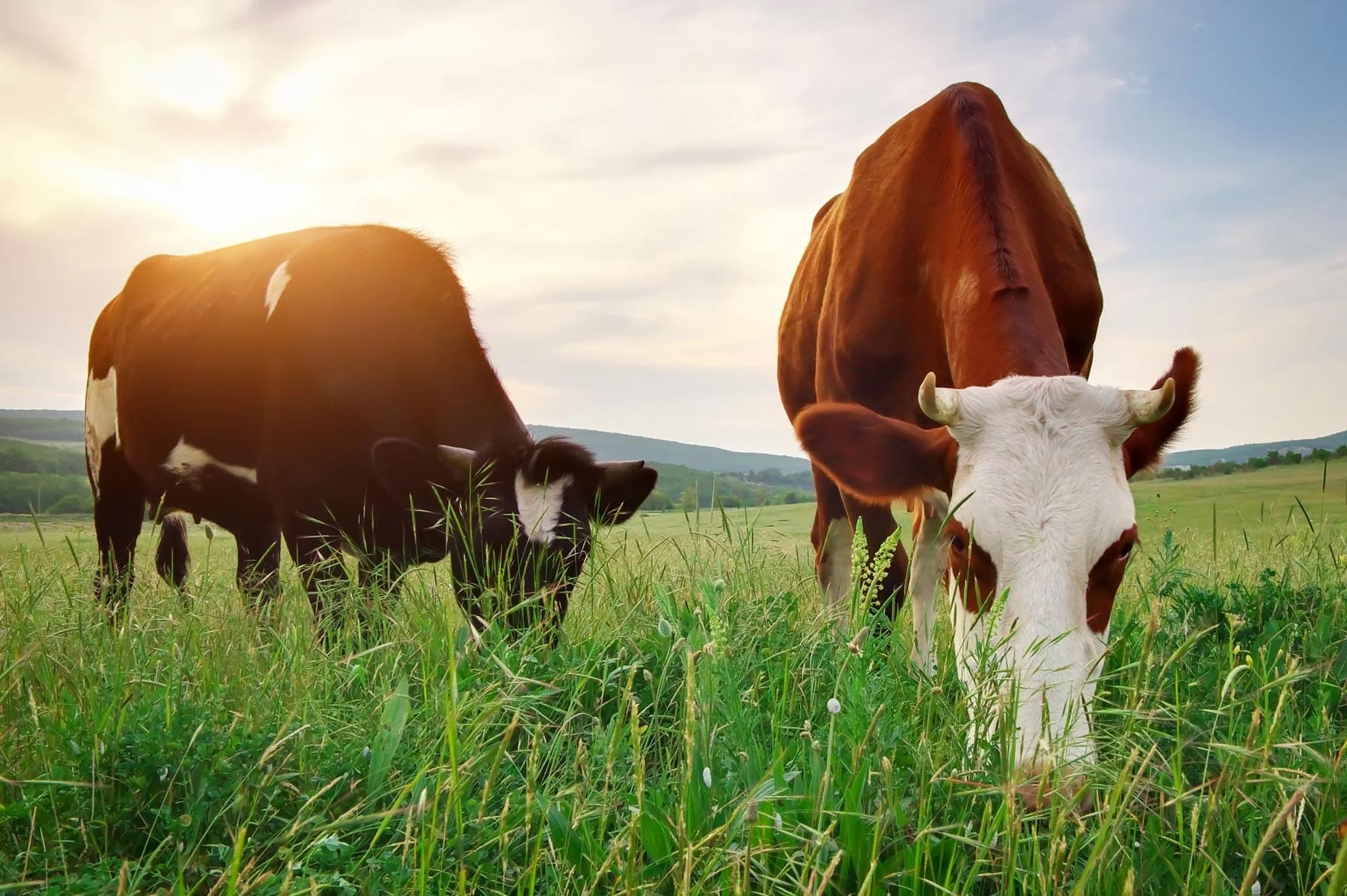
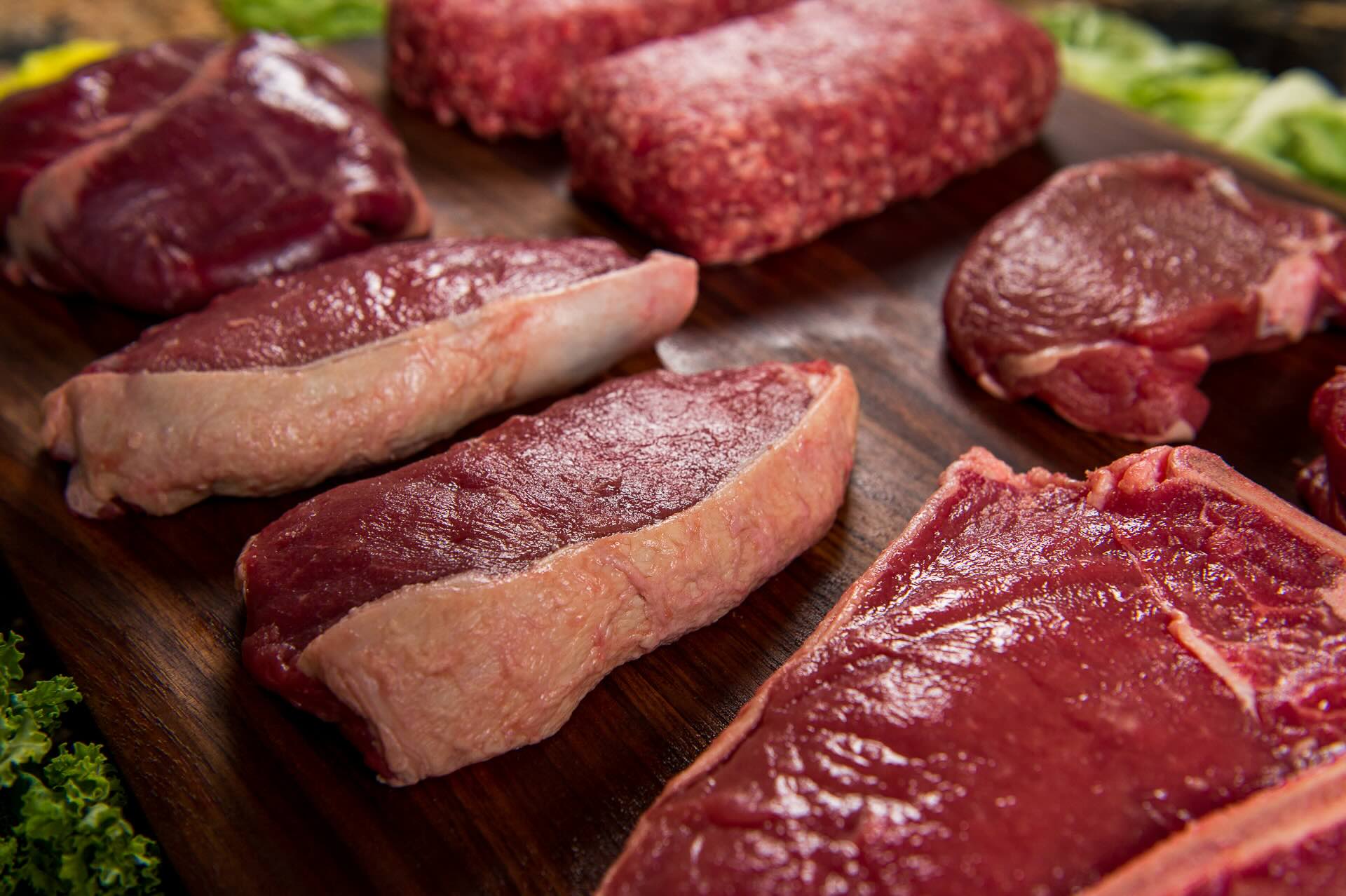
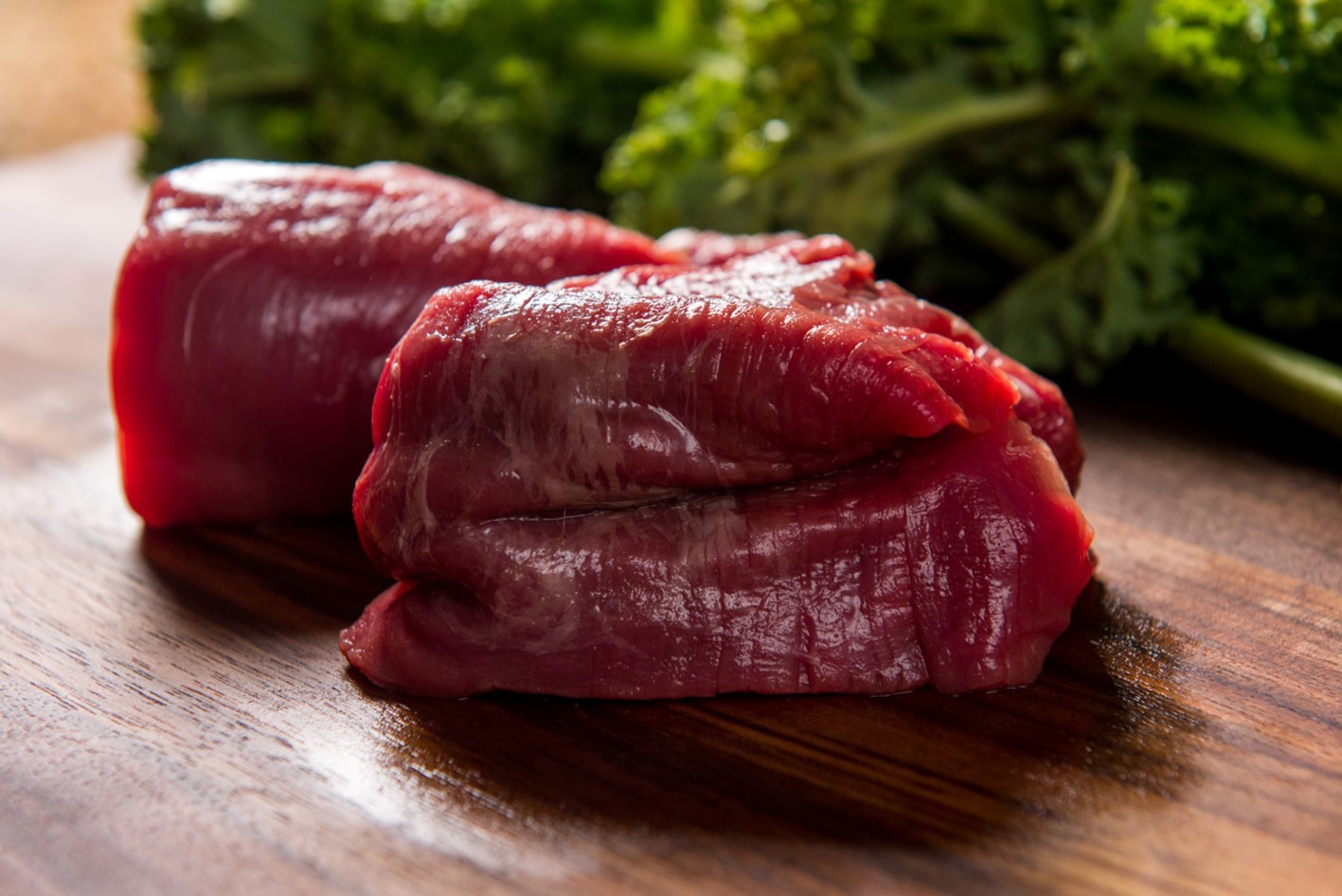
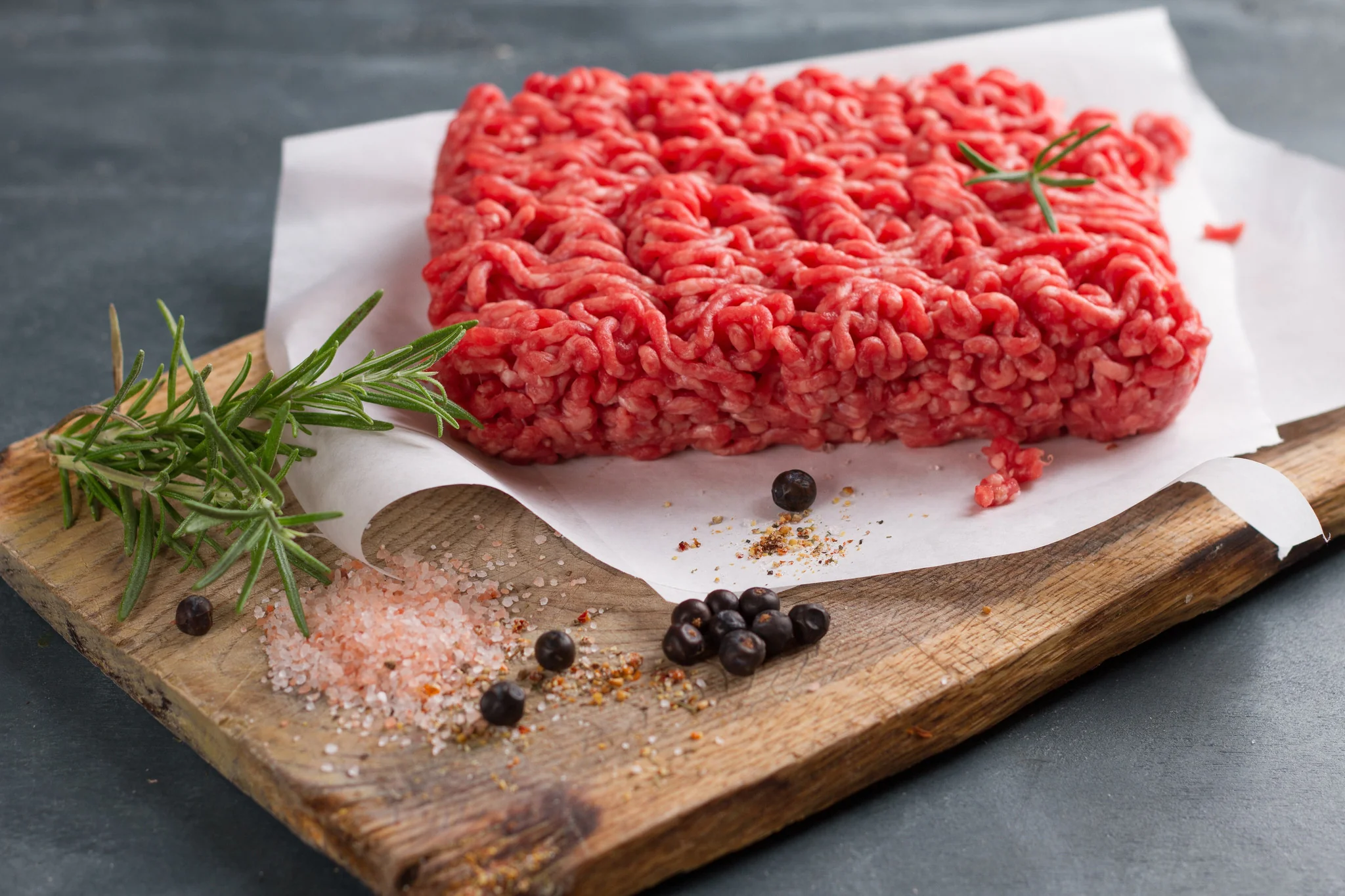
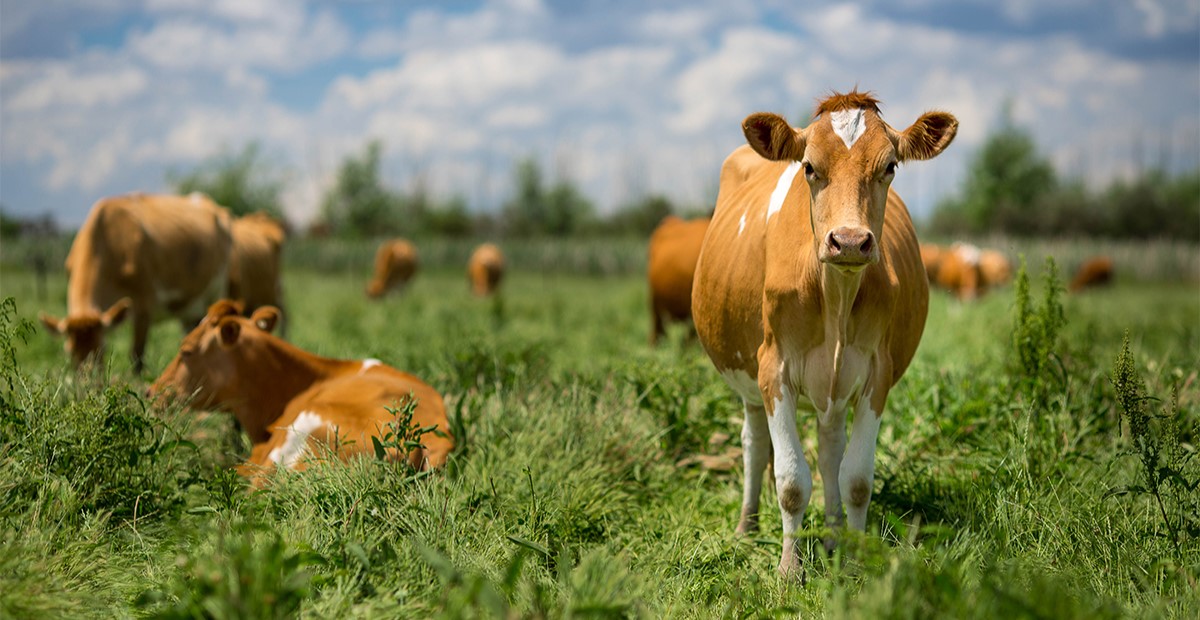
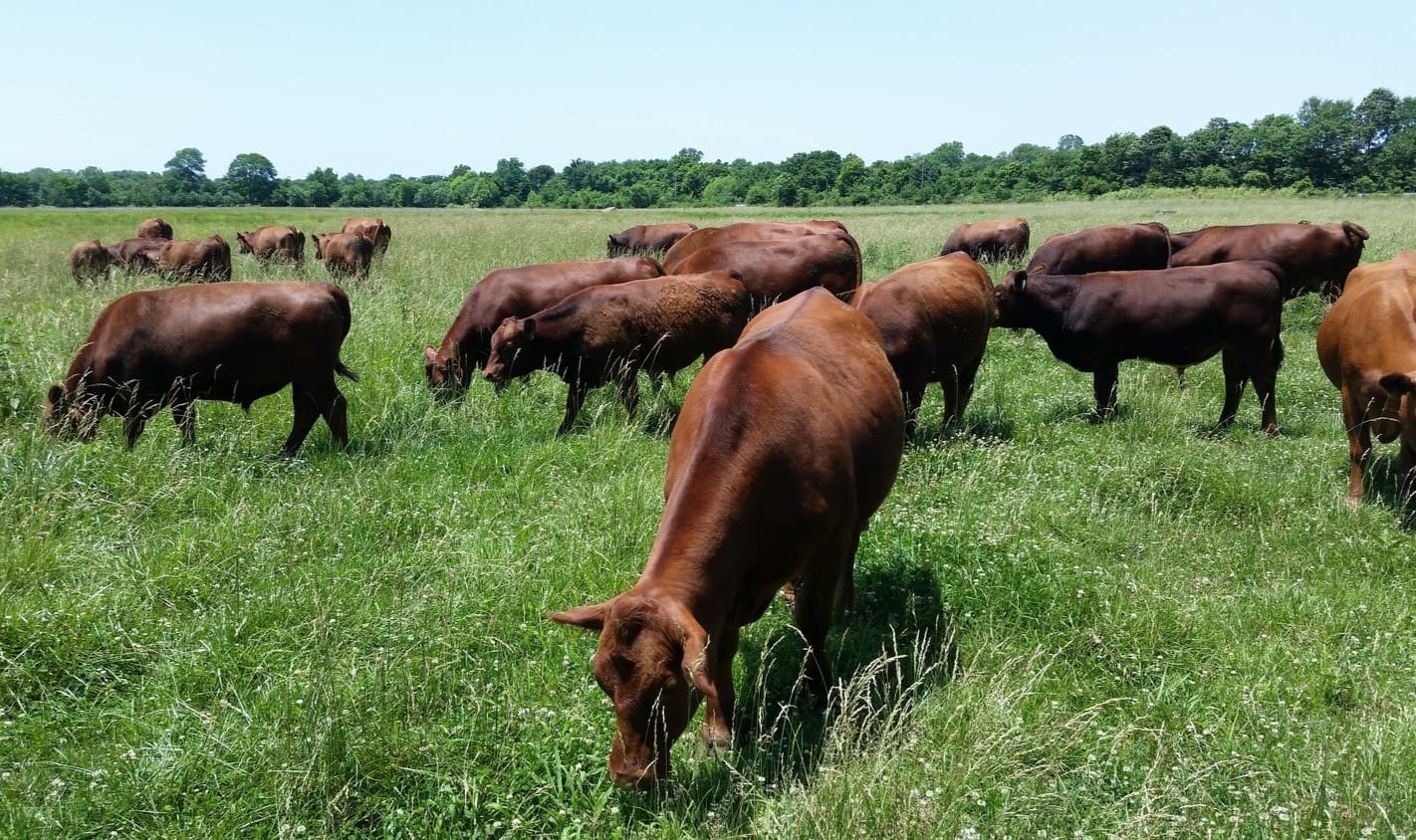
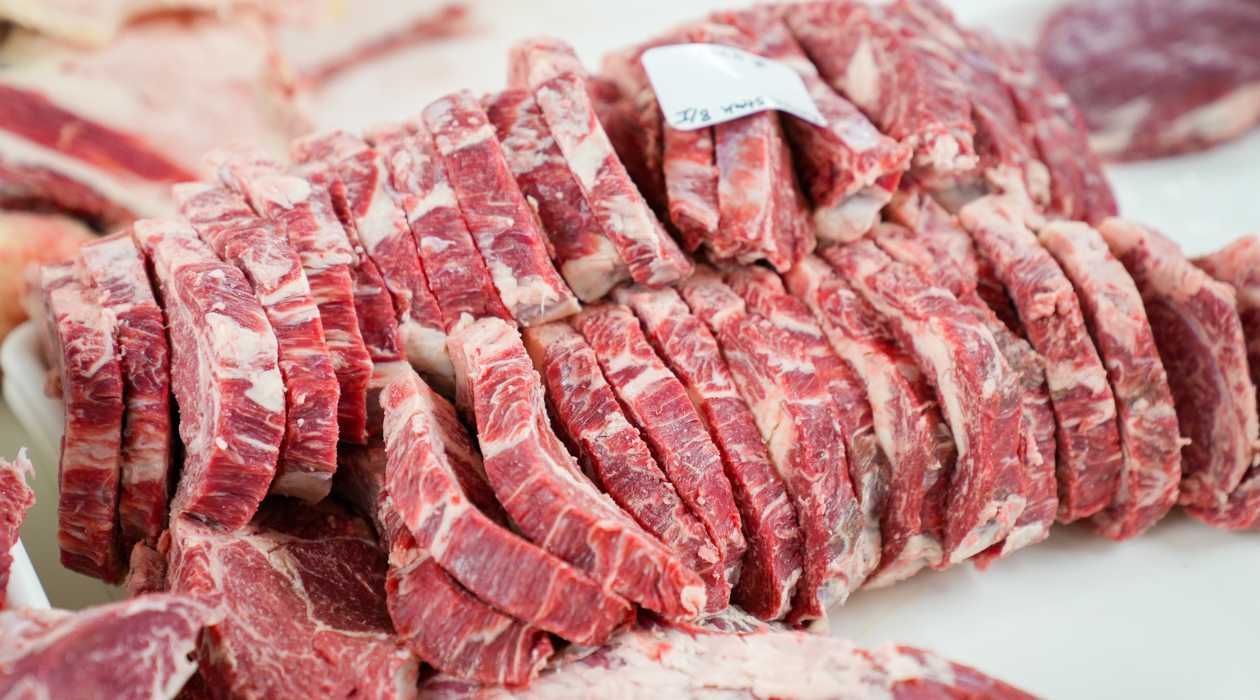
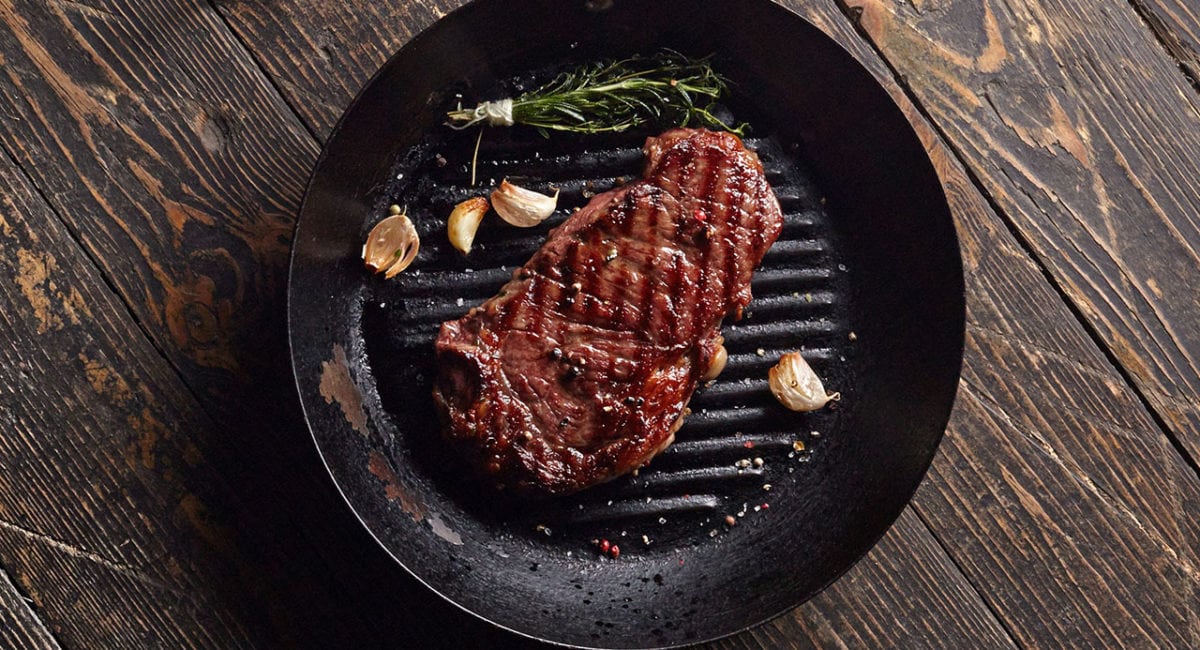

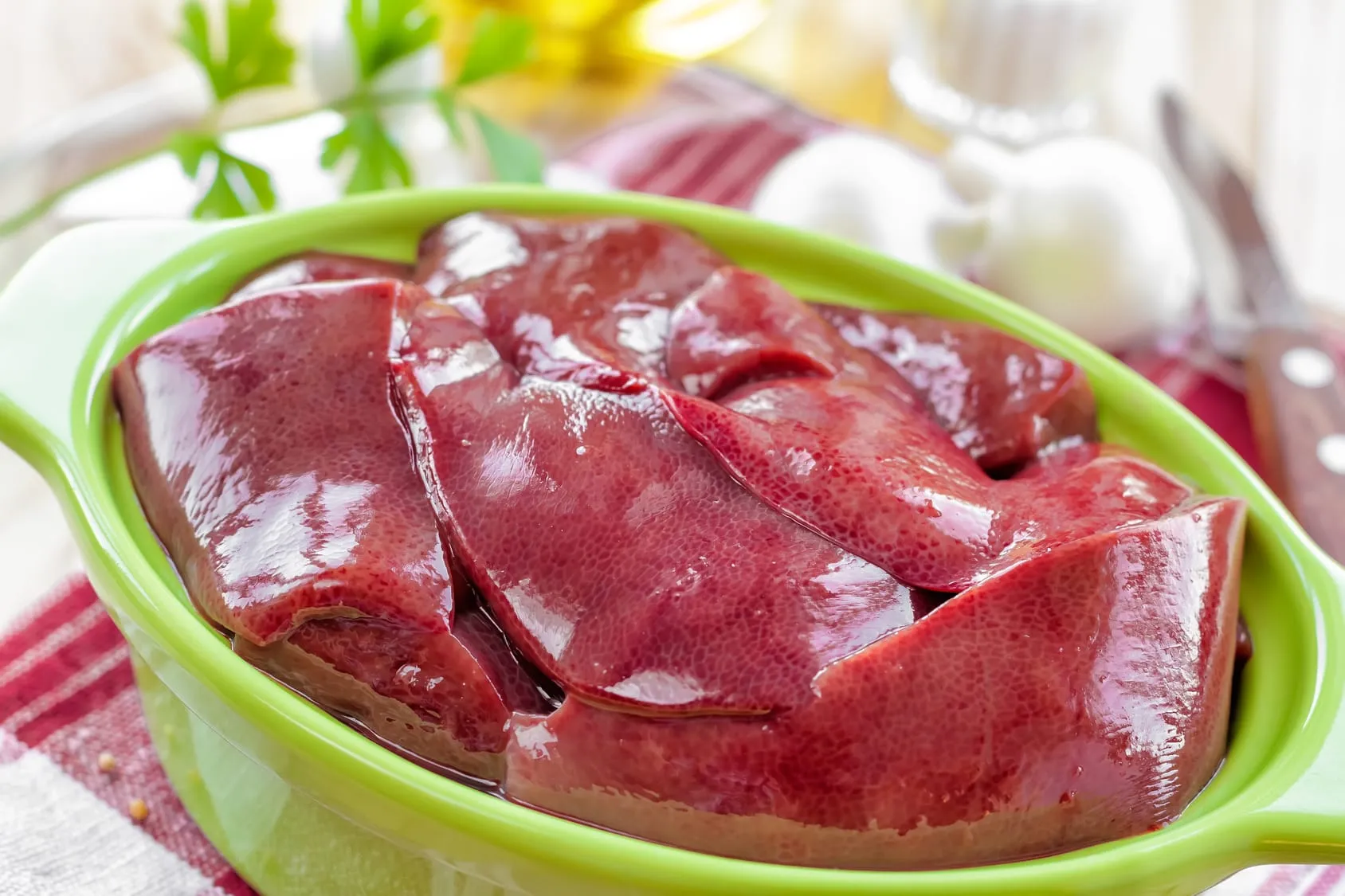
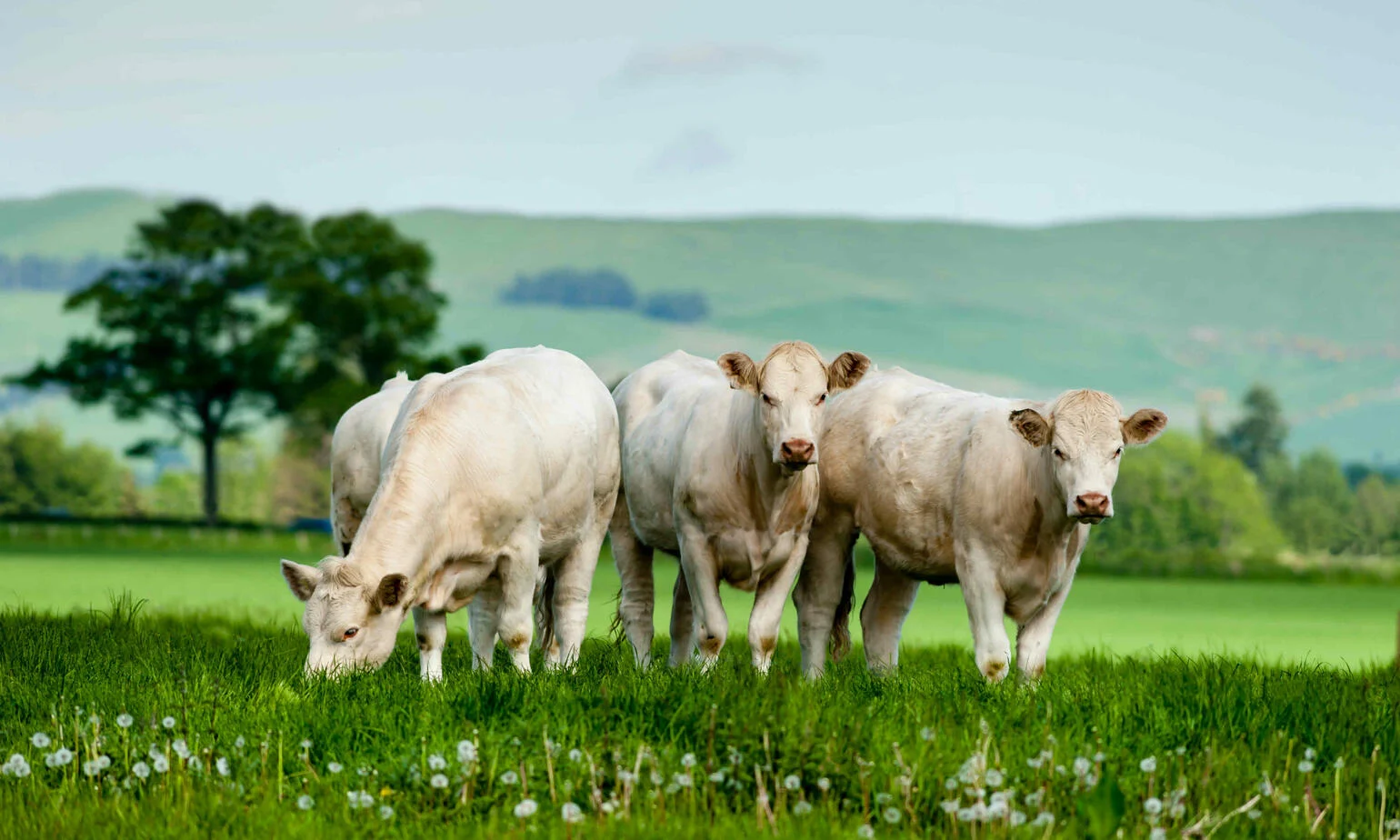
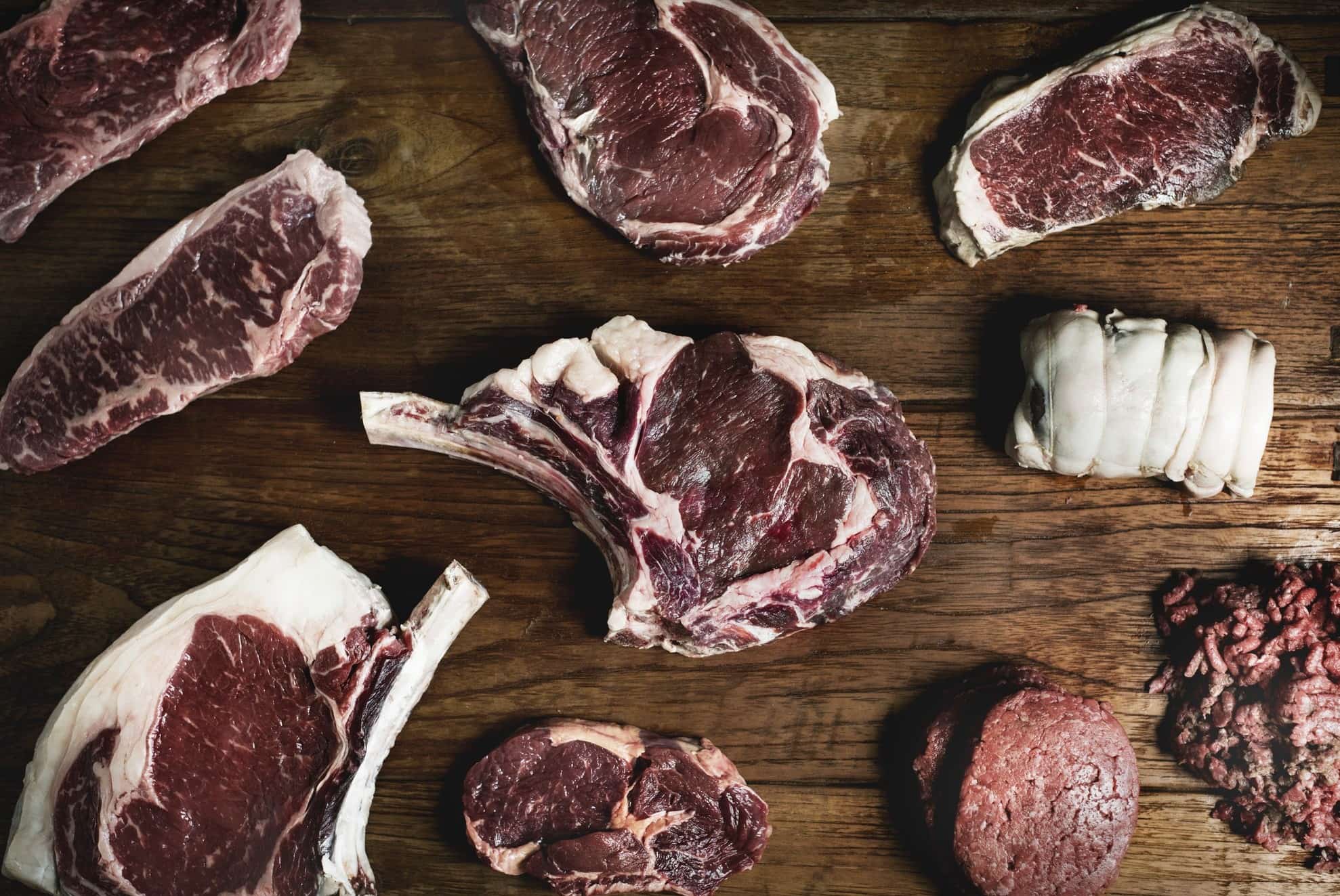
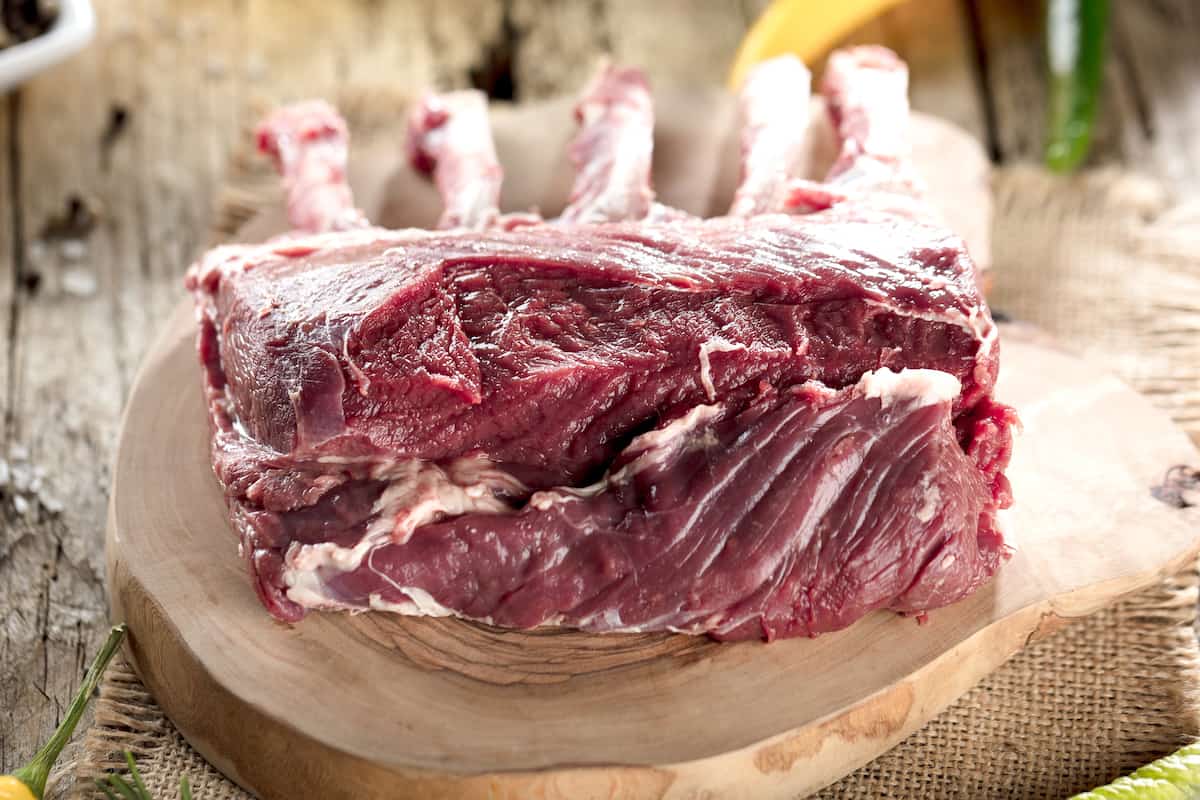
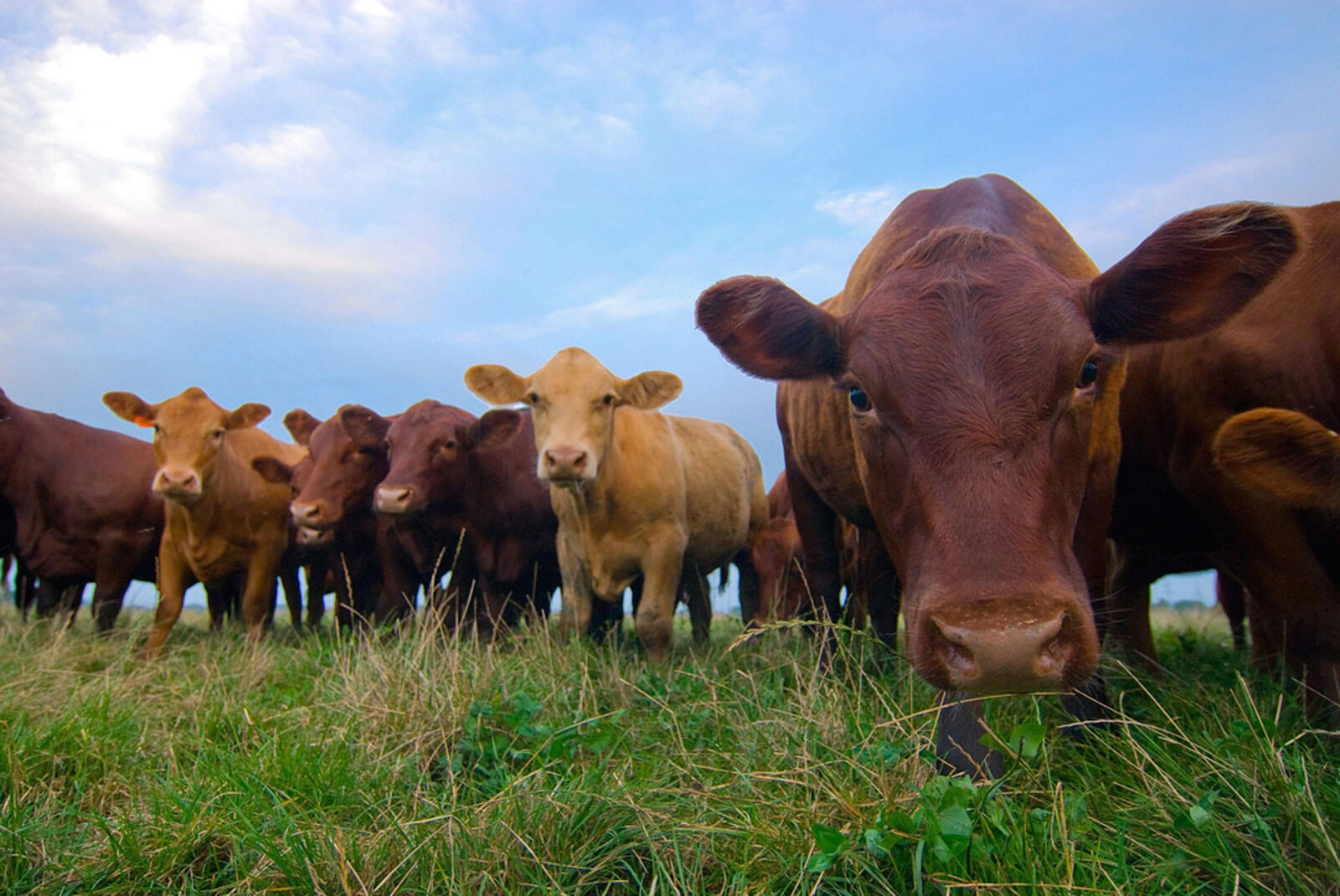

0 thoughts on “How To Find Grass-Fed Beef”